Royal Palace in Budapest (Buda Castle)
The Royal Palace in Budapest is the ancient residence of the rulers of Hungary, also called Buda Fortress or Buda Castle. The huge palace is one of the iconic architectural monuments of the Hungarian capital. Together with the adjacent embankments and the parade Andrassy Avenue, it is listed as a World Heritage Site by UNESCO.
.The Royal Palace stands on a hill on the right bank of the Danube and is therefore visible from afar. The oldest part of the fortress was built in the 14th century, but the main castle was rebuilt between the late 19th and early 20th centuries. The palace was badly destroyed during the war years, but it was rebuilt afterwards.
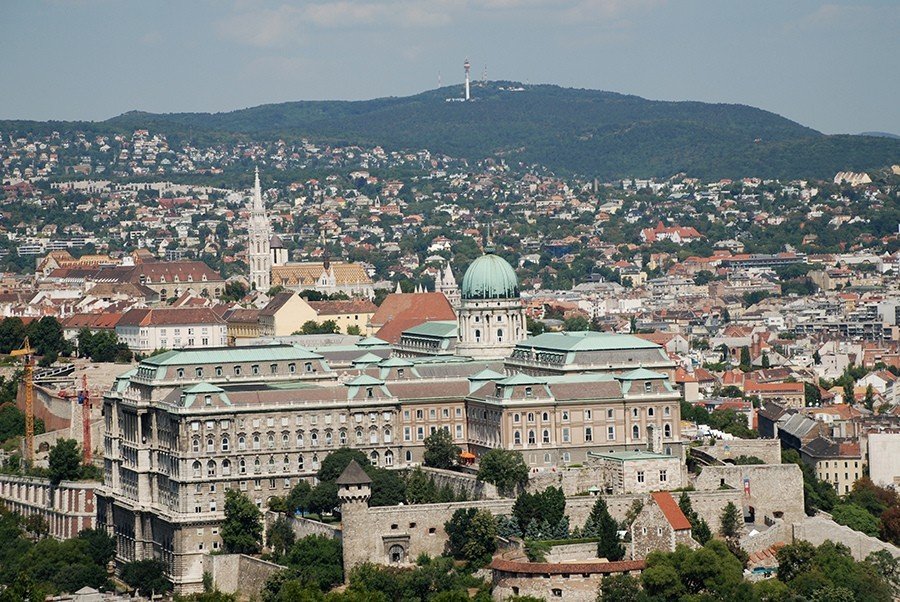
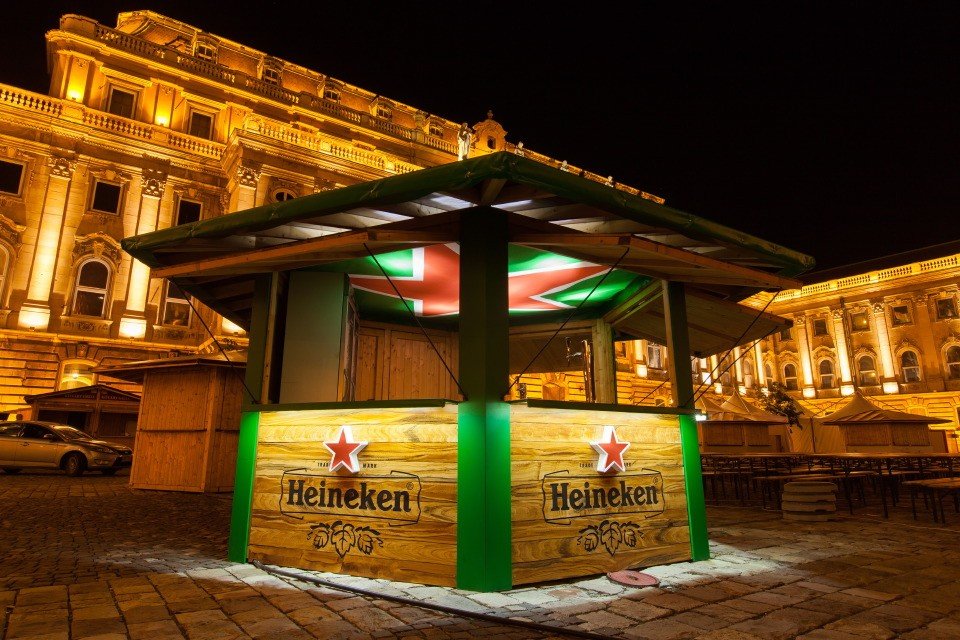
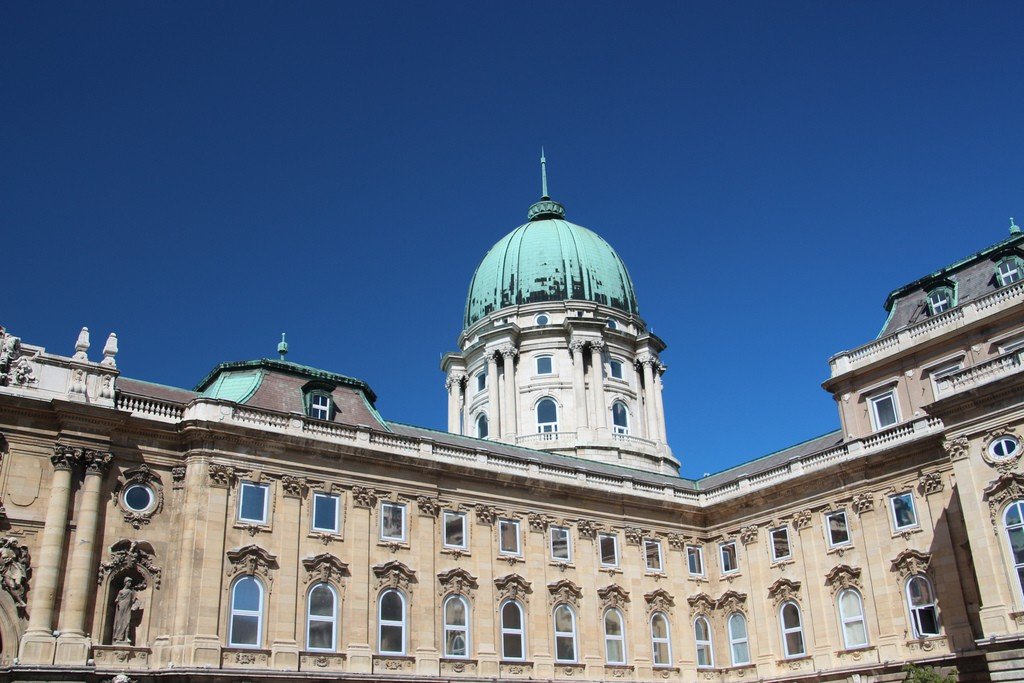
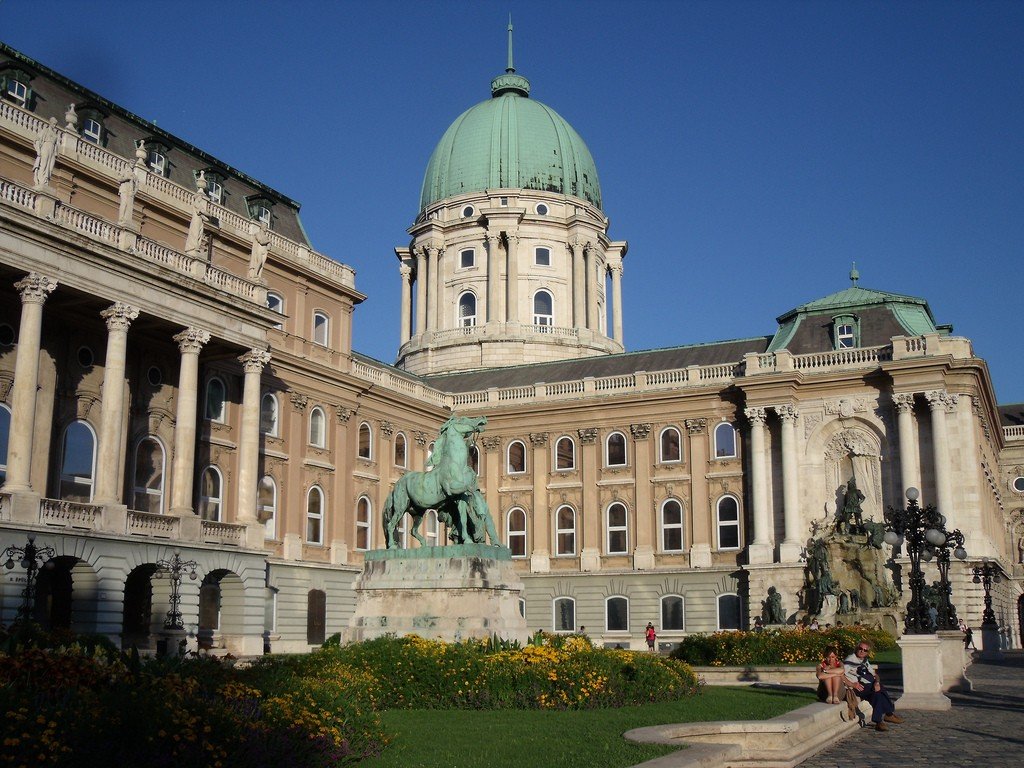
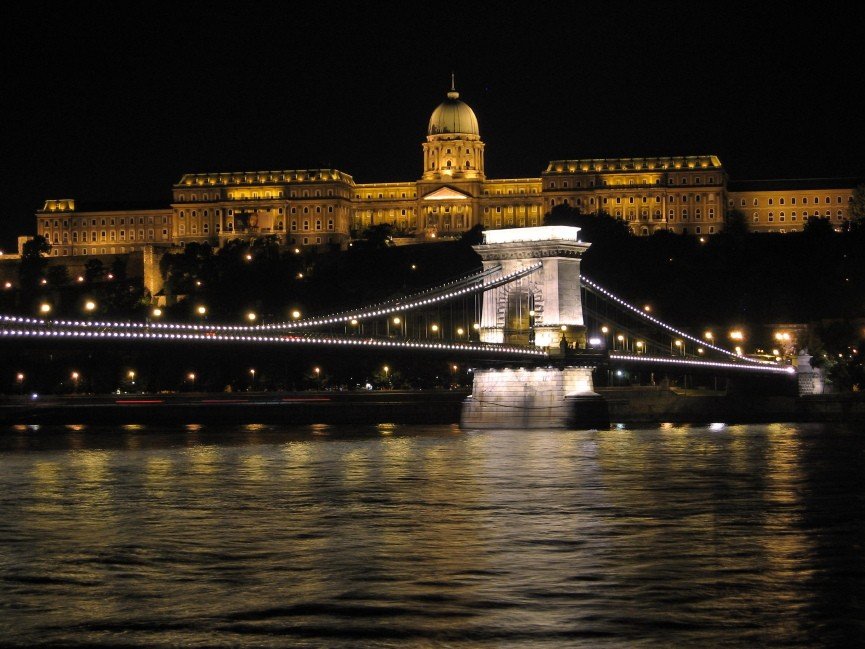
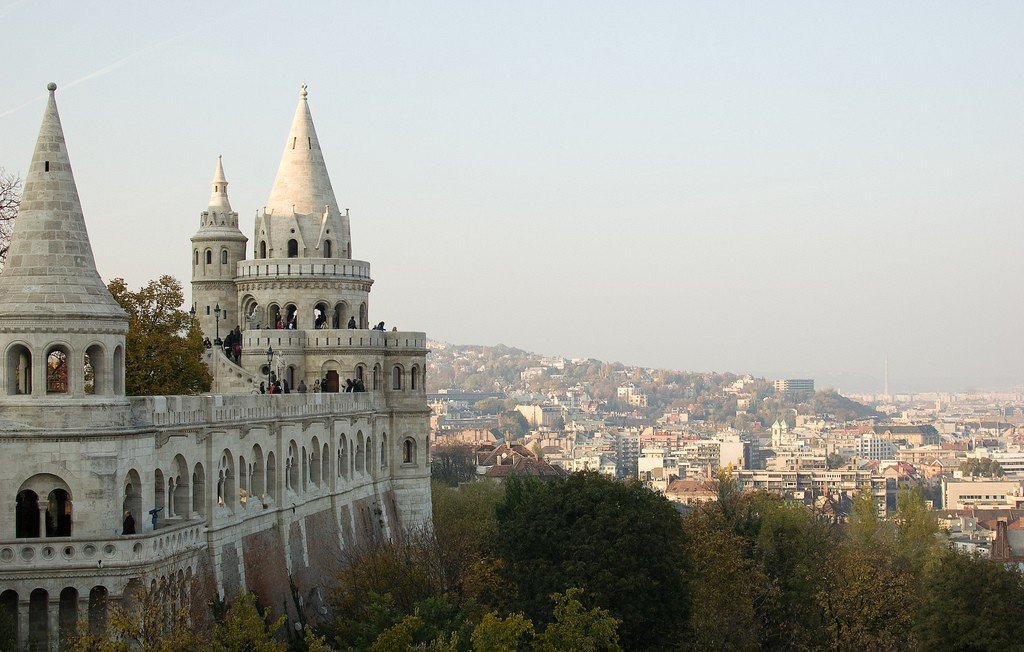
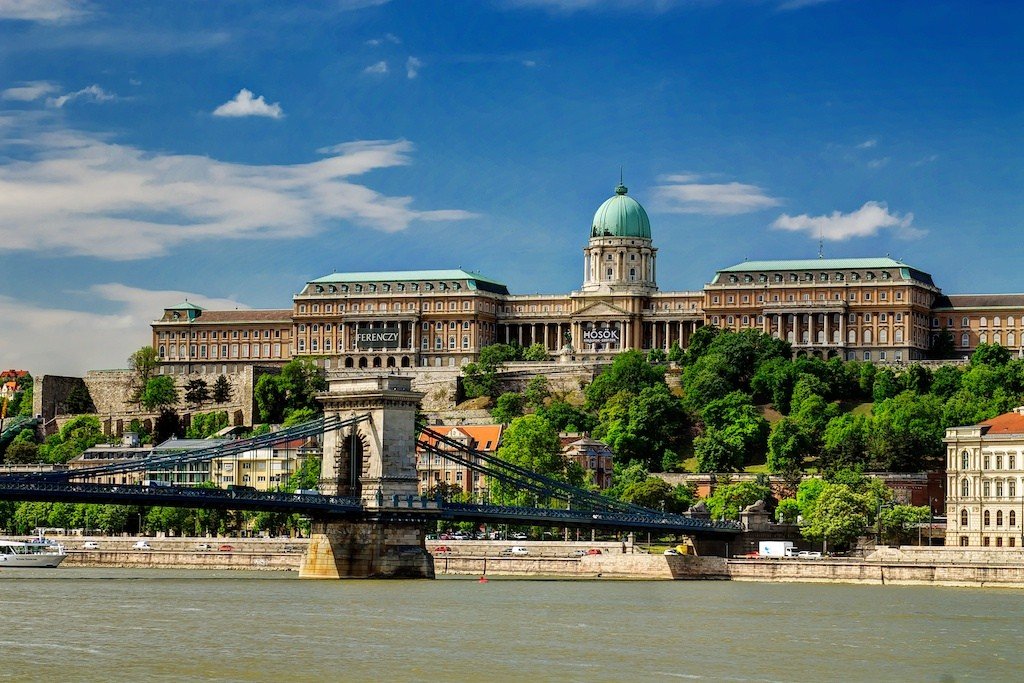
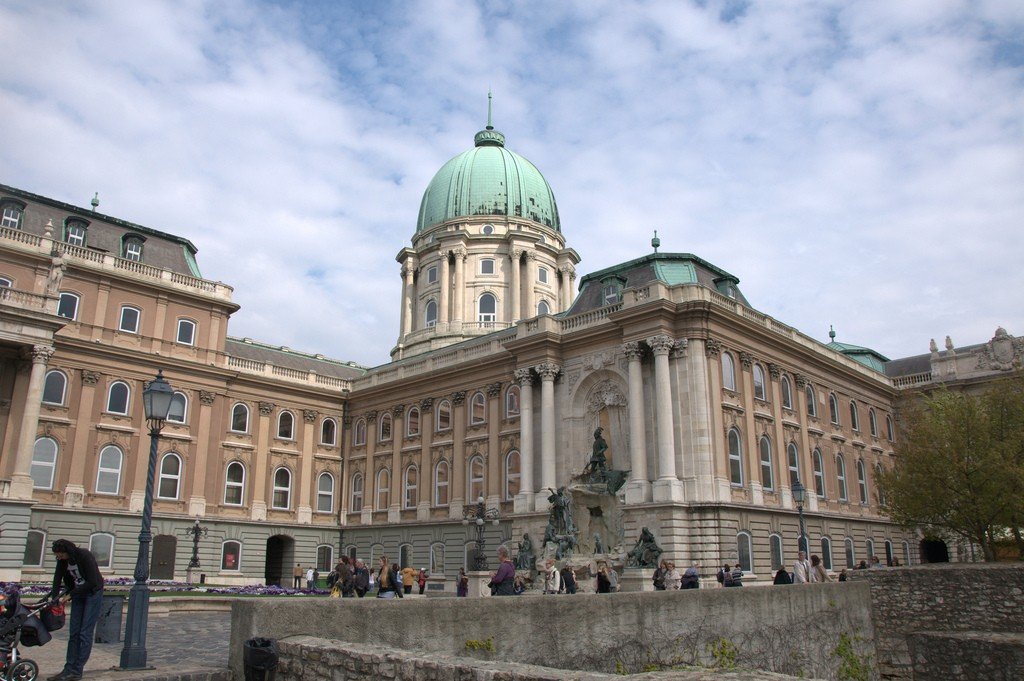
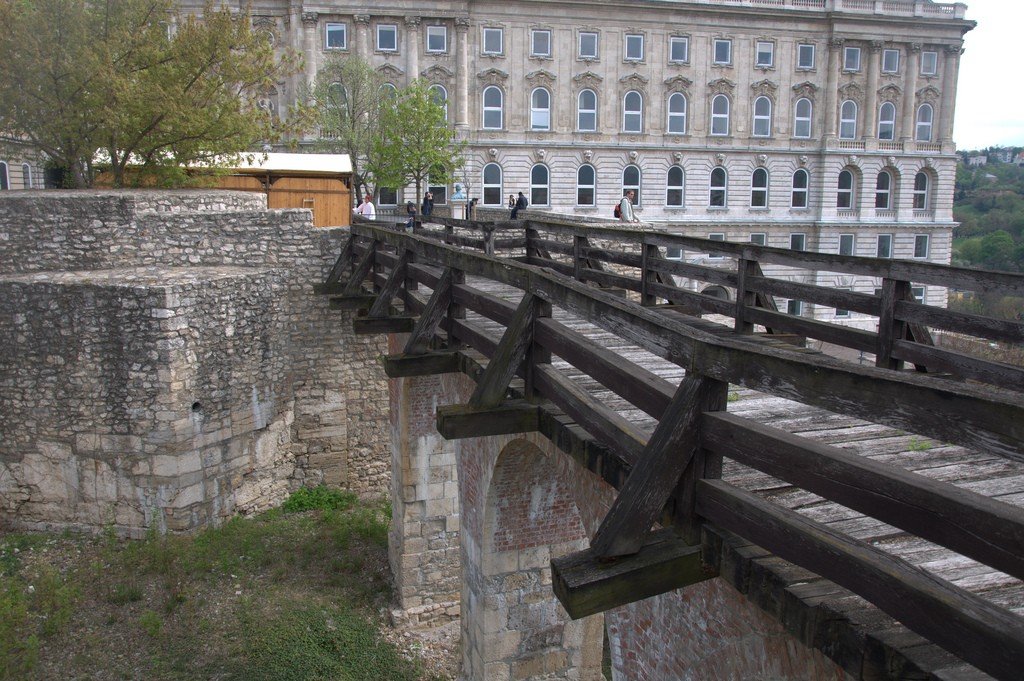
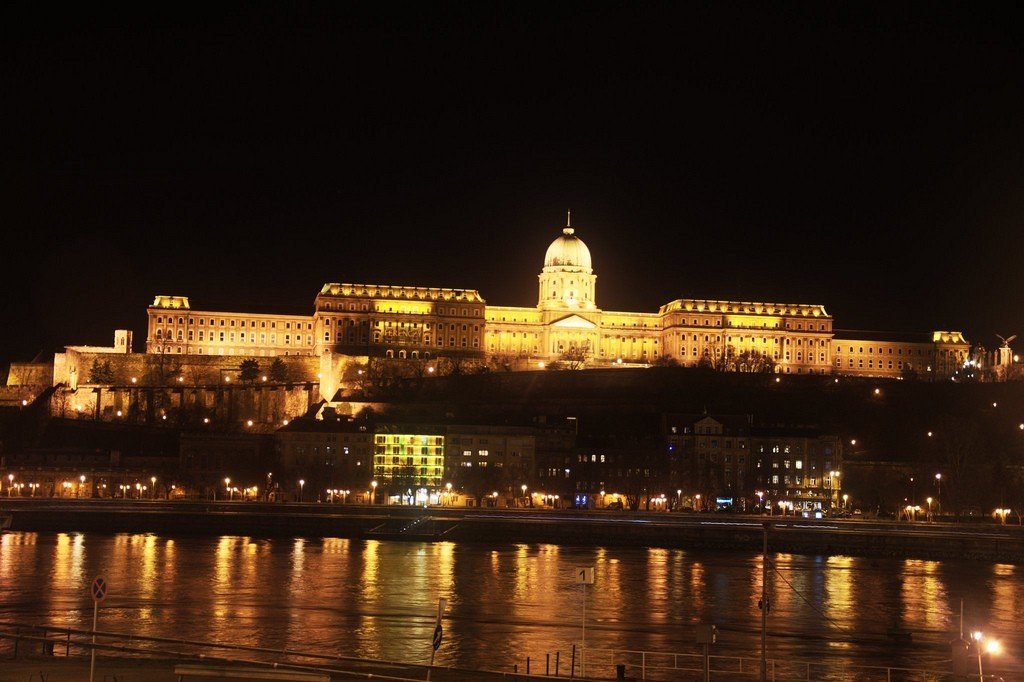
What to see
Today, the historic building has been turned into a major cultural center of the Hungarian capital. It houses the National Gallery and a museum dedicated to the history of Budapest. One wing of the Royal Palace houses Hungary’s largest library, which bears the name of Count Ferenc Széchenyi.
.
Tourists come to the Buda Fortress to admire the old structure and see the luxurious interiors. In the museum halls, you can learn about the pages of the history of Hungary and its capital. In addition, the castle situated on a hill is a great vantage point. From it you can see the Danube valley and the neighborhoods of old Pest on the left bank of the river. Entrance to the Castle Hill area is free.
.History of the Royal Palace in Budapest
The first fortress on the site of the modern Royal Palace in Budapest appeared in the 13th century, during the time when King Béla IV ruled here. Hungarian rulers took care of the castle and constantly expanded it, so in the late Middle Ages the fortress above the Danube was one of the largest in Europe.
.
In the first half of the 16th century Hungary was invaded by the Ottomans. Under them, most of the palace rooms were empty, and the rest were used for stables and soldiers’ barracks. A century and a half later, when the Battle of Buda was fought, much of the fortress was destroyed.
.
In 1715, Holy Roman Emperor Charles VI ordered the ruins to be cleared and a new royal residence built here. The construction work stretched for more than two decades and was completed in 1749.
>
The Royal Palace in Budapest had a difficult time during the revolutions that swept the country from 1849 to 1856. During the fighting, the palace complex was completely burned down, but it was managed to be rebuilt. Then the government of the country decided to build a new royal residence. The realization of the large-scale project took 40 years and was completed in 1912.
.After the battles of World War I ended, the time of the Habsburg dynasty came to an end, and the palace became the residence of Miklós Horthy, who had the official title of “Regent of the Kingdom of Hungary”. When the Soviet Army approached the city in 1944, the Nazis were entrenched in Buda Castle and resisted desperately. Heavy fighting, bombing and incessant shelling turned the architectural monument into ruins.
After the war, Hungarians worked to restore the destroyed city and the Royal Palace. The building itself was renovated by 1966, but its interiors had to be restored for another 15 years. Unfortunately, during the restoration work carried out in the palace, many original elements of the old fortress were permanently lost.Visiting the Royal Palace
The Széchenyi Library is located in the “F” wing of the Royal Palace in Budapest and is open any day except Sunday and Monday from 9:00 a.m. to 8:00 p.m.
.The National Gallery houses about one hundred thousand works of art from the Middle Ages to the last century. Only works by Hungarian artists and paintings from the country are exhibited here. The gallery occupies three floors of the palace and three wings of the building. It is open any day except Monday from 10.00 to 18.00.
.The Museum of the History of the Hungarian Capital is housed in the southeast wing of the building. In its halls you can see exhibits telling about the history of the city from prehistoric times to the present day. For tourists, the doors of the museum are open on any day except Monday. From November to February it is open from 10.00 to 16.00, and from March to October from 10.00 to 18.00.
.How to get there
The Royal Palace in Budapest stands on the right bank of the Danube, in the central part of the city. The Sziklo funicular runs to the fortress. In addition, Buda Castle can be reached by streetcars #17, 19, 41, 56, 56A and TN, and buses #5, 16, 105, 178, 916, 956 and 990.
.